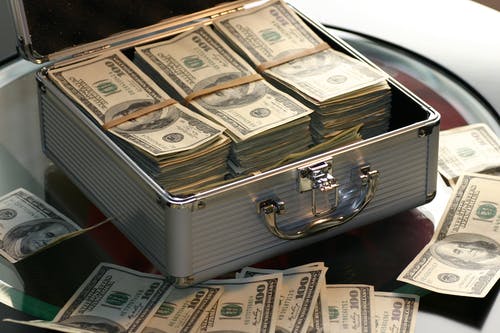
London’s black cabs are one of the city’s most identifiable symbols, and they can be seen rushing through the streets daily. A London taxi, like the yellow cab in America, is culturally significant. But what is it about the black cab that makes it so important? Take a look at the ten intriguing facts and figures about this iteration of London transportation listed below.
London Knowledge
“Knowledge” is possibly the most important component of being a London taxi driver. This is a test that every taxi driver must pass to receive his or her license. Interested drivers study for 2-4 years to get a working comprehension of London’s 320 routes within a six-mile radius of Charing Cross, which includes 25,000 streets and 20,000 monuments. Passing drivers are given a green badge. A yellow badge covers a smaller, suburban area of London and does not allow drivers to enter the same locations as green badge vehicles.
Hackney Carriages
In 1639, the Corporation of Coachmen was granted the first taxicab permits. Hackneys, the first approved horse-drawn vehicles, were introduced in 1662, followed by Hansom Cabs in 1834. The first motorized cabs arrived in London in 1908, and by the 1920s, they had superseded hansom cabs as the primary cab to Heathrow or any other location inb the city.
Cabin Space
Taxis must be tall enough for a passenger wearing a bowler hat to sit comfortably. In addition, hackney carriages were required to bring a hay bale for the horse. Even after motorized taxis became available, this law remained in effect for a time.
Tight Turns Are Required
A black cab’s turning radius is only 25 feet. This is ostensible to accommodate the small roundabout at the entrance to the Savoy Hotel. This turning radius later became a legal requirement for all London cabs. Savoy Court is also one of the few places in London where cars drive on the right, and customers used to sit behind the driver and exit the cab facing the hotel.
No Yelling
It is technically unlawful to yell “Taxi!” to grab their attention. Simply extend your arm to signal a cab if you see one with a lit sign. Fortunately, these days you can reserve a cab using a phone app.
Origins of The Term “Taxi”
The term “taxi” is derived from the taximeter, a device used to assess miles and fees. “Cab” was an abbreviation for “cabriolet,” a French verb meaning “to leap,” which was a type of taxi and what one did to get out of them.
Health Disclosure
It was also apparently illegal to hail a cab when suffering from the bubonic plague. This is still partially true, as the Public Health (Control of Sickness) Act of 1984 requires anyone suffering from a notifiable sickness to tell the cab driver, who can then decide whether or not to convey the passenger. He must notify the authorities and clean the cab before accepting another customer if he does.
Conclusion
The famous black taxi cab of London is well-known worldwide, and taking a ride in one is a must for visitors to the city. It is well-known for its dependability and safety, and its drivers are well-known for their ability to traverse London’s maze-like back streets and thoroughfares on time.